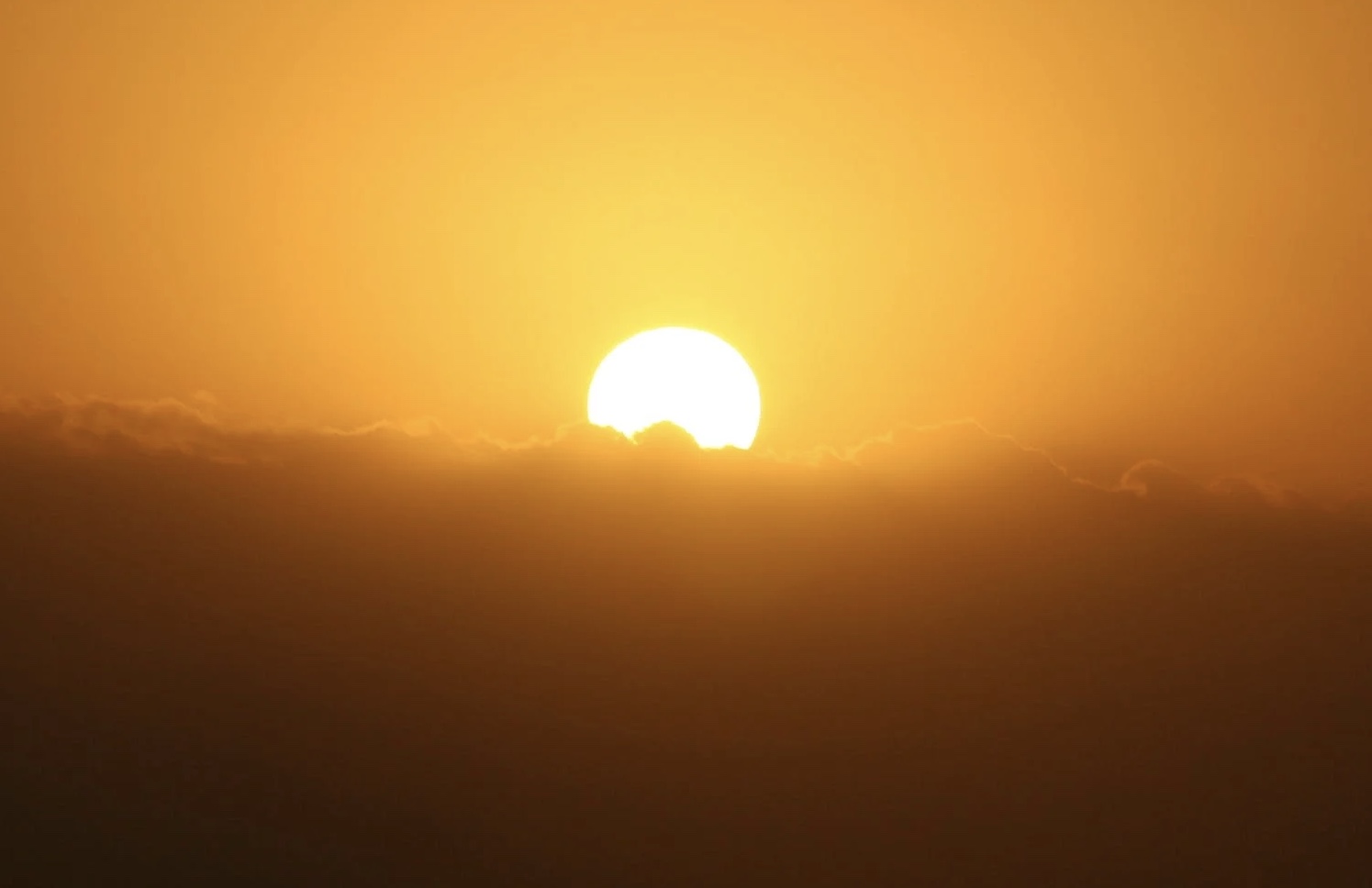Heat Stroke
Heat stroke is the most serious heat-related illness. It occurs when the body becomes unable to control its temperature: the body’s temperature rises rapidly, the body loses its ability to sweat, and it is unable to cool down. Body temperatures rise to 106°F or higher within 10 to 15 minutes. Heat stroke can cause death or permanent disability if emergency treatment is not provided.
Signs and Symptoms of Heat Stroke
Warning signs vary but may include the following:
An extremely high body temperature (above 103°F)
Red, hot, and dry skin (no sweating)
Rapid, strong pulse
Throbbing headache
Dizziness
Nausea
Heat Exhaustion
Heat exhaustion is a milder form of heat-related illness that can develop after several days of exposure to high temperatures and inadequate or unbalanced replacement of fluids.
Signs and Symptoms of Heat Exhaustion
Warning signs vary but may include the following:
Heavy sweating
Paleness
Muscle Cramps
Tiredness
Weakness
Dizziness
Headache
Nausea or vomiting
Fainting
Skin: may be cool and moist
Pulse rate: fast and weak
Breathing: fast and shallow

What You Can Do to Protect Yourself
You can follow these prevention tips to protect yourself from heat-related stress:
Drink cool, nonalcoholic beverages. (If your doctor generally limits the amount of fluid you drink or has you on water pills, ask him how much you should drink when the weather is hot. Also, avoid extremely cold liquids because they can cause cramps.)
Rest.
Take a cool shower, bath, or sponge bath.
If possible, seek an air-conditioned environment. (If you don’t have air conditioning, consider visiting an air-conditioned shopping mall or public library to cool off.)
Wear lightweight clothing.
If possible, remain indoors in the heat of the day.
Do not engage in strenuous activities.
What You Can Do to Help Protect Elderly Relatives and Neighbors
If you have elderly relatives or neighbors, you can help them protect themselves from heat-related stress:
Visit older adults at risk at least twice a day and watch them for signs of heat exhaustion or heat stroke.
Encourage them to increase their fluid intake by drinking cool, nonalcoholic beverages regardless of their activity level.
Warning: If their doctor generally limits the amount of fluid they drink or they are on water pills, they will need to ask their doctor how much they should drink while the weather is hot.
Take them to air-conditioned locations if they have transportation problems.
What You Can Do for Someone With Heat Stress
If you see any signs of severe heat stress, you may be dealing with a life-threatening emergency. Have someone call for immediate medical assistance while you begin cooling the affected person. Do the following:
Get the person to a shady area.
Cool the person rapidly, using whatever methods you can. For example, immerse the person in a tub of cool water; place the person in a cool shower; spray the person with cool water from a garden hose; sponge the person with cool water; or if the humidity is low, wrap the person in a cool, wet sheet and fan him or her vigorously.
Monitor body temperature and continue cooling efforts until the body temperature drops to 101° -102°F
If emergency medical personnel are delayed, call the hospital emergency room for further instructions.
Do not give the person alcohol to drink.
Get medical assistance as soon as possible.
